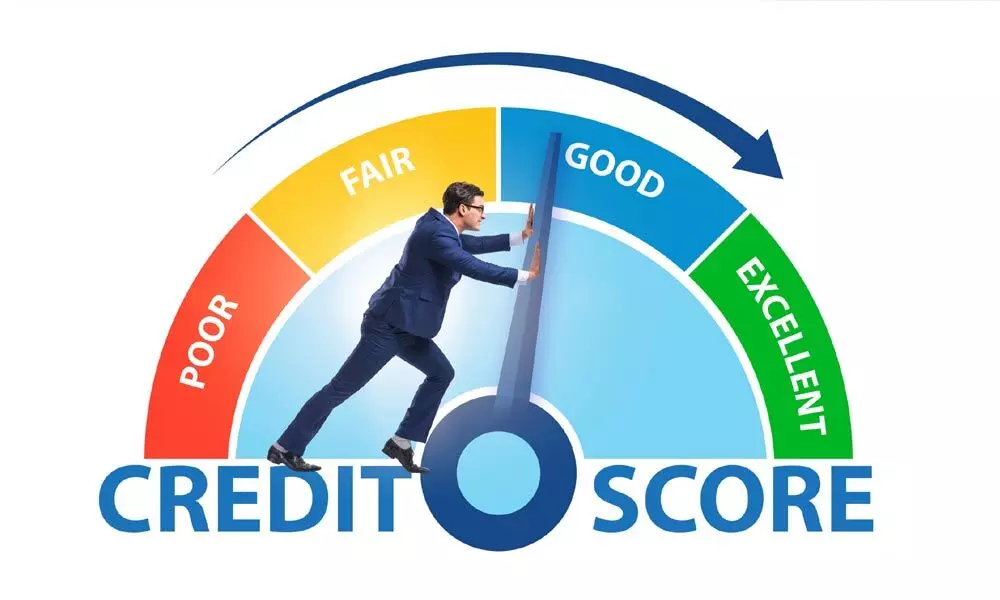Corporate credit rating improves during pandemic: Report
The current geo-political conflict may also act as an important factor in influencing credit profile in future
image for illustrative purpose

Corporate Health
- As on Feb, rating outstanding numbers from all ECRAs, only 0.76% of the rating universe is AAA rated while 3.13% is AA
- Share of new rating assignments in investment grades improved from 25.3% for FY19 to 60% in FY22
- Within the universe of bond primary issuances, the share of AAA rated bond has declined from around 75% in last two years to 68% in FY22
Mumbai: In June 2019 Securities and Exchange Board of India (Sebi) came out with a set of wider disclosure norms for External Credit Rating Agencies (ECRA). Subsequently, ECRAs were advised to disclose a matrix on the probability of default (PD) for various rated instruments both for short-run and long-run. The purpose of the Sebi approach was primarily two-fold, (a) to bring in comparability of ratings across issuers and (b) introducing an element of conservatism in rating agencies assigning higher ratings to corporates.
The good news is that three years later, the Cumulative Default Rate (CDR) reveals that long term long run CDR (over 10 years) of ECRA for one year, two year and three year largely confirms to the benchmarked PD primarily for rating agencies Crisil and Icra across all rating domains. In fact, there were a couple of defaults because of unexpected legal events that had introduced a minor upward bias in CDR for ECRA. Otherwise, the numbers largely confirm to the benchmark PD that has been mandated by Sebi. The long-term short run CDR, however, reveals that the convergence to PD is still an ongoing process. However, the long-term short run (over shorter time periods) CDR are not strikingly different from the benchmark PD at least for Crisil and to some extent Icra. The onset of pandemic in 2020 may have introduced an uncertainty and thus it may be better to look through the longer cycle at this point of time, says a report by internal economic research wing of SBI.
A couple of data points are, however, in order. First, rating outstanding numbers from all ECRAs, only 0.76 per cent of the rating universe is AAA rated while 3.13 per cent is AA as on February.
Secondly, the share of new rating assignments in investment grades improved from 25.3 per cent for FY19 to 60 per cent in FY22 (up to January), which also reflects improved corporate health in investment category, a trend observed during pandemic.
Thirdly, within the universe of bond primary issuances, the share of AAA rated bond has declined from around 75 per cent in last two years to around 68 per cent in FY22. This is a good omen and clearly reflects some early conservative approach in bond rating specially in the AAA category.
"Going forward, with an improvement in credit rating of corporate during pandemic, it will be interesting to look at the transition of AAA rated corporates in terms of benchmarked PD. The current geo-political conflict may also act as an important factor in influencing credit profile in future," says SBI group's chief economic advisor, Soumya Kanti Ghosh.
It is also imperative that the continued improvement in corporate balance sheet and aggressive provisioning by banks have ensured that the latter are ready to fund the next phase of growth cycle. Ideally, banks may also look at re-defining its risk appetite framework with the corporate balance sheet now looking more squawky, he added.

